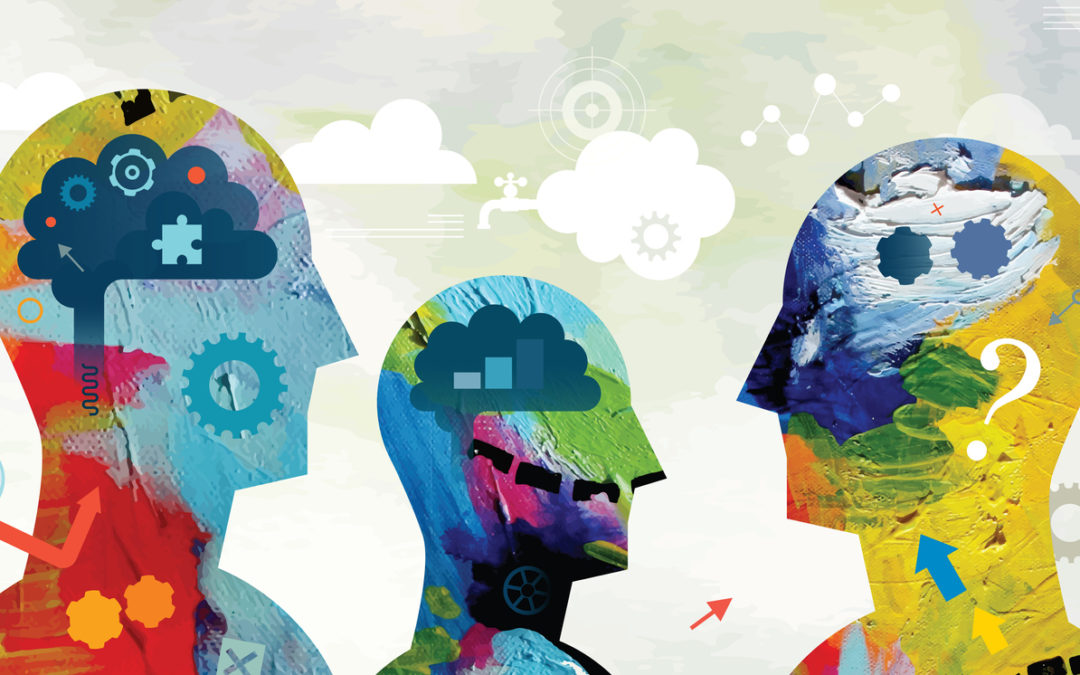“There are common ways we see patterns. Patterns are the laws of nature and life that present themselves in all disciplines of life — from the smallest microorganism to macrocosm…While patterns aren’t always apparent, they are continuous and autonomous.” – Amy Oestreicher
In computational thinking, pattern recognition occurs as people study decomposed problems. Through analysis, students recognize patterns or connections among the different pieces of the larger problem. These patterns can include shared similarities and shared differences. This concept is essential to building understanding amid dense information and goes well beyond recognizing patterns among sequences of numbers, characters or symbols.
How Pattern Recognition is Used in Education
Pattern recognition is a strategy used throughout curriculum–and in real life as well. Below are some examples of pattern recognition in education:
- English/Language Arts: Pattern recognition is essential in language and language arts as it helps with categorization and building fundamental understanding. For instance, understanding patterns to define sentence structure, categories of writing, and more. For instance, students will learn word parts such as prefixes, base words, and suffixes to more easily discern definitions.
- Mathematics: Mathematics is another subject that is built on the process of pattern recognition. Formulas and algorithms abound in everything from basic times tables to calculus. For instance, students recognize the specific formulas used to calculate slopes and intercepts.
- Science: In science, pattern recognition is prominent for formulas and understanding characteristics of everything from elements in the periodic table to entomology. For instance, in science, students will learn to classify animals based on their characteristics and articulate common characteristics for the groupings.
- Foreign Languages: As with English language arts, pattern recognition is also extremely useful in learning foreign languages. Students will learn patterns in verb conjugations, understanding word roots to build vocabulary, and more.
- Arts: Pattern recognition also helps in the understanding and development of art. For instance, students categorize paintings based on commonalities between artists’ aesthetics and detail key characteristics that each grouping presents.
- Computer Science: In computer science and coding, pattern recognition helps students identify similarities between decomposed problems. If they are coding a game, they may recognize similar objects, patterns, and actions. Finding these allows them to apply the same, or slightly modified, string of code to each, which makes their programming more efficient.
Final Thoughts
Through the quest to build understanding in unfamiliar scenarios or in the face of uncertainty, students learn to persist through iteration and experimentation and accept that failure and struggle are a part of the learning process.
For more on Computational Thinking, check out The Ultimate Guide to Computational Thinking for Educators.

Learning.com Team
Staff Writers
Founded in 1999, Learning.com provides educators with solutions to prepare their students with critical digital skills. Our web-based curriculum for grades K-12 engages students as they learn keyboarding, online safety, applied productivity tools, computational thinking, coding and more.
Further Reading
Teaching Children How to Effectively Handle Cyberbullying
In today’s digital age, online safety is a critical concern for children navigating the internet. While the internet provides endless opportunities...
Examples of Abstraction in Everyday Life: How Students Already Use Computational Thinking
Computational thinking, though often perceived as a concept limited to technology or coding, is a valuable problem-solving skill that students...
Understanding Abstraction: Everyday Examples and The Role of Abstraction in Computational Thinking
Abstraction is an essential concept in computational thinking and problem solving, but it’s often one of the more challenging aspects to grasp. This...




